Wildcrafting with kids is a wonderful way to connect with nature as a family and to expand your children’s wisdom of herbs. My favorite Rosemary Gladstar quote pretty much sums up my philosophy on kids and plants:
“We must take our children into the wild, introduce them to the plants, and teach them of their connection to the earth. In instilling in our children a respect for plant medicine, we not only care for their tender bodies but help pass along the seeds of a tradition that is as old as human life itself.”
Growing up on a farm, I often spent my summers in the woods, gathering wild plants to make “concoctions” for play and food. Now that I’m grown up with kids of my own, I still like to go out into the wild and harvest plants to make concoctions and now I bring my kids along to do it.
Want to start harvesting edible and medicinal plants with children? Here are our favorite tips for wildcrafting with kids.
Why Wildcraft with Kids?
Kids naturally take to the woods. They love discovering plants, even more so when they learn to identify the plants and use them as both food and medicine. Wildcrafting empowers them to take control of their health.
I try not to “teach” too directly when I’m out with my kids; instead, I spend time showing and doing. They often pick up knowledge quickly and often become inquisitive about the plants growing around us.
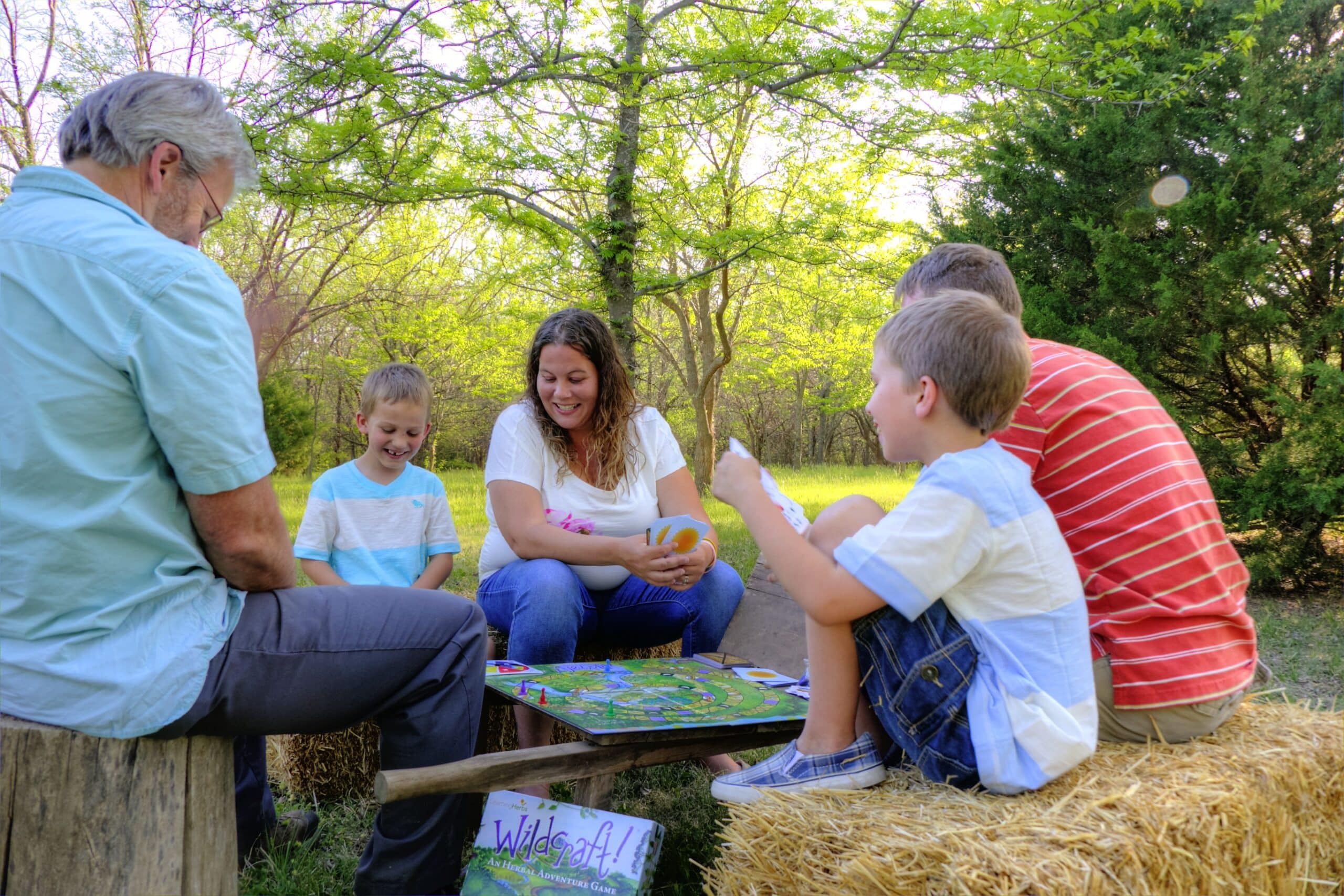
The Wildcraft! Board Game Makes Learning Fun
One of the best ways to get your kids excited about wildcrafting is Wildcraft! Wildcraft! is a fun, cooperative herbal adventure game that teaches edible plants and healing herbs. This beautifully illustrated, nature-based game is created in the tradition of the classic board games.
As a bonus, Wildcraft! also includes an illustrated story that can take your kids on a journey that teaches them safe and sustainable plant harvesting, hazards, endangered plants, delicate ecosystems, and more. These important herbal and ecological teachings are woven into the game in a way that’s playful and engaging.
Learn more and get your copy of Wildcraft! here.
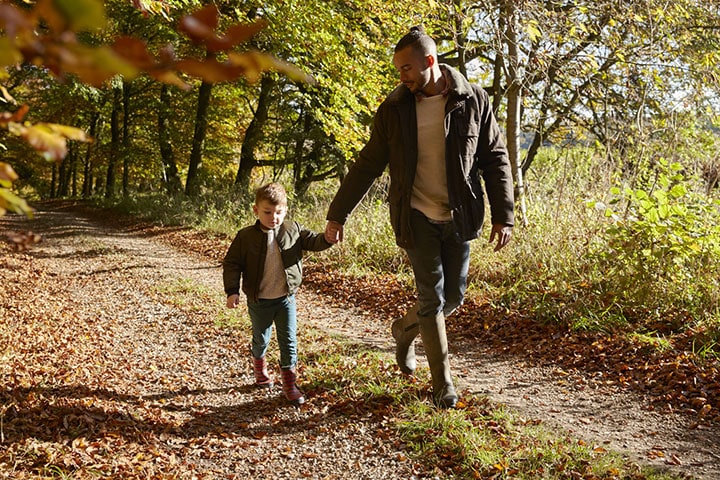
How to Get Started Wildcrafting with Kids
If you are new to herbalism, learning can be intimidating enough. Trying to involve your kids can be even more so but it doesn’t have to be that way.
In addition to checking out Wildcraft!, start by learning what grows in your area so that you will know what to look for. There are many great foraging books available, many of them regionally written. Often your state’s department of natural resources will offer such books. I also like to have Newcomb’s Wildflower Guide and my Forest Trees of Illinois book for help in keying out flowers and trees.
Take a few dry runs in your own backyard before heading out to nearby wild areas. You will be surprised what you can find in your own yard!
Make a list of the plants and have contests with your kids to see who can find the most plants growing in your backyard. Focus on accuracy — is that really a dandelion leaf or is it a chicory leaf? Learn to tell the difference between lookalike plants.
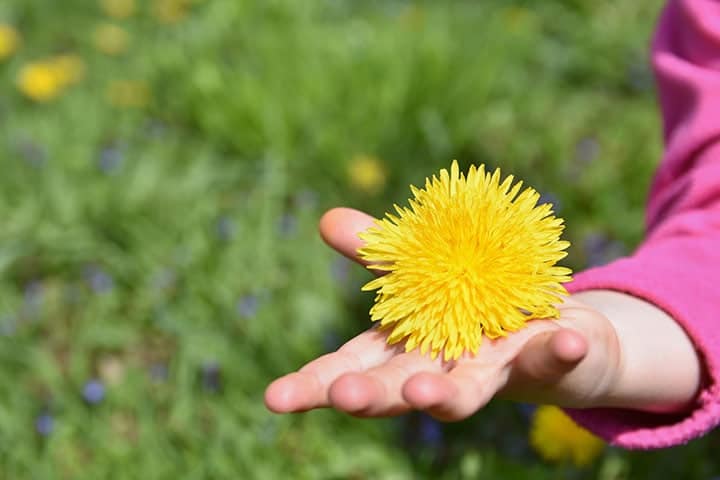
The Golden Rules of Wildcrafting
It’s important to familiarize kids with what I call the golden rules of wildcrafting. These rules keep us safe and ensure that the future of our medicinal plants is secure.
These easy to follow rules are:
- Don’t trespass
- Take care of the land you wildcraft on; pick up trash
- Make 100% sure that you know what you are harvesting
- Only harvest what you need and never harvest an endangered species
- Harvest in season
- Harvest respectfully and give thanks to the plants
- Don’t harvest in a polluted area; this includes roadsides
- Only harvest if the plant community can sustain itself
Now that you’ve learned the rules of wildcrafting, it’s time to head out!
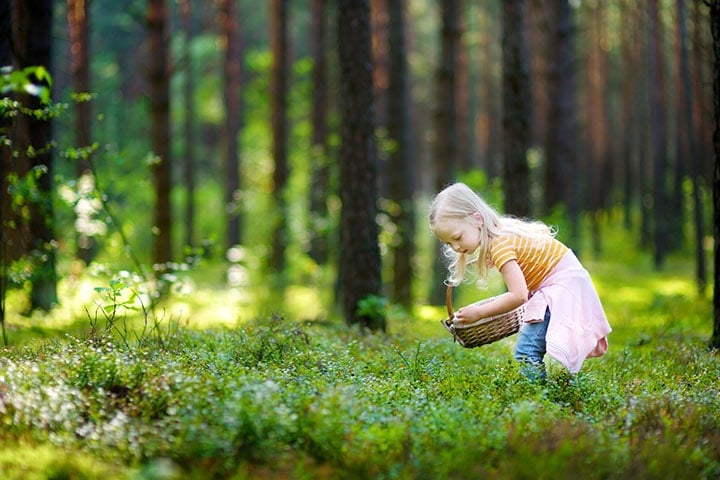
What to Look for When Wildcrafting with Kids
What should you hunt for? You will want to start with plants that are easy to identify and have no poisonous lookalikes.
Spring is the time for harvesting biennial plants such as mullein and burdock. It’s best to harvest them right when they emerge, before they put their energy into growing their flower stalks. Other plants to hunt for include dandelion greens, roots and flowers; chicory leaves; violet flowers and leaves; honeysuckle flowers; and nettles. Also be on the look out for raspberry and blackberry brambles; this is the perfect time for harvesting shoots and leaves.
Summer offers many berries such as blueberries, blackberries, raspberries and gooseberries, depending on your location. Many flowers will be blooming now such as Saint John’s wort, skullcap, lobelia, asters, motherwort and mint.
Autumn brings us lots of fungi … wood ears, chicken of the woods, hen of the woods and oyster mushrooms are easy to identify, delicious to eat and have traditionally been used for medicine. This is also a great time to search for wild nuts such as acorns, walnuts, beech, and hickory. Wild fruits also can be foraged: pears, apples, and persimmons are most commonly found. This is also the time for roots: burdock and mullein again, as well as yellow dock, dandelion, chicory and teasel.
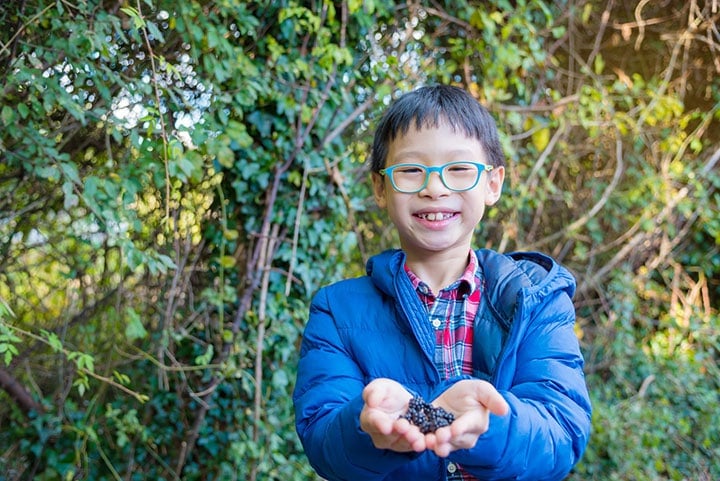
Wildcrafting with kids is great fun! Not only will kids be learning to identify the plants they will be using for food and medicine, but they will also be learning to respect and care for the land that provides so much. It’s a great way to teach kids respect while expanding their wisdom of herbs and empowering them to take control of their health.
Ps… Here are a few frequently asked questions I get about wildcrafting —
What is ethical wildcrafting?
There are many things that go into ethical wildcrafting. Ethical wildcrafting asks us to slow down and take into consideration the entire ecosystem when we consider harvesting a wild plant.
Questions we can ask ourselves when ethically wildcrafting include… Is this plant abundant, endangered, or somewhere in between? What humans, other plants, and animals rely on this plant? How has this plant traditionally been used by and continues to be used by the Indigenous people of this land? How can I offer my gratitude to this plant? How can I be in right relationship with this plant, this land, and the stewards of this land?
What are wildcrafted herbs?
Wildcrafted herbs are herbs that someone harvests from “the wild.” Wildcrafted herbs are not cultivated. A few examples of wildcrafted herbs could include harvesting (unsprayed!) dandelions from a park or elderberries from nearby a local stream.
What is the difference between wildcrafting and harvesting?
Harvesting is the act of picking and gathering a plant. You can harvest either from your garden or from wild plants. Wildcrafting is the act of harvesting plants who have grown in their natural habitat, generally without human assistance.
Happy wildcrafting!


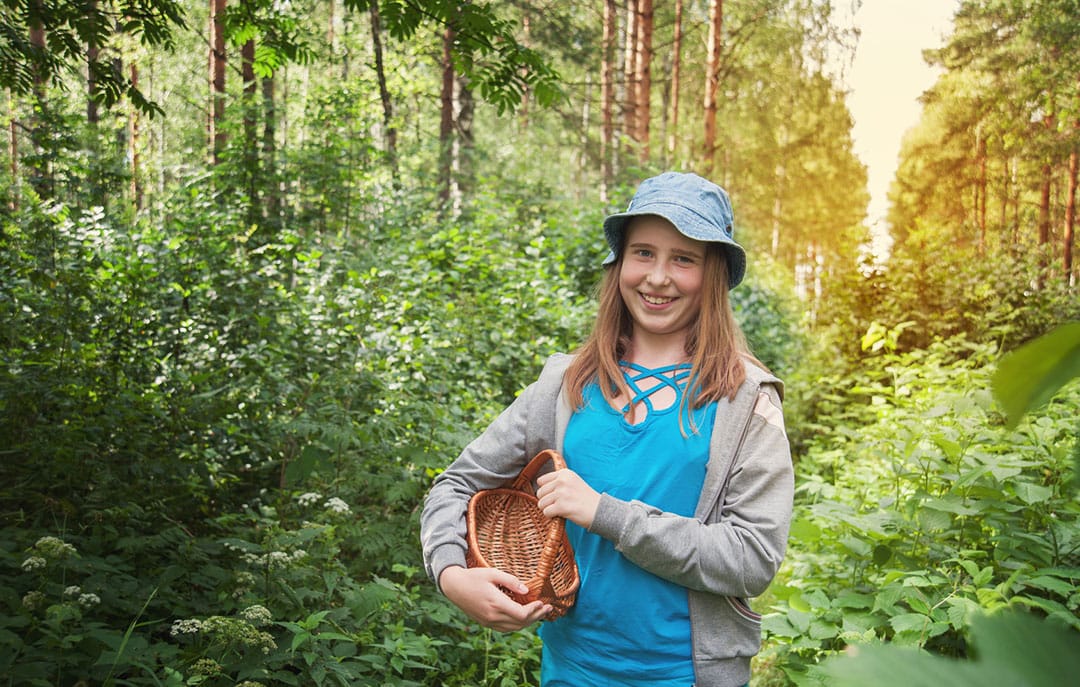
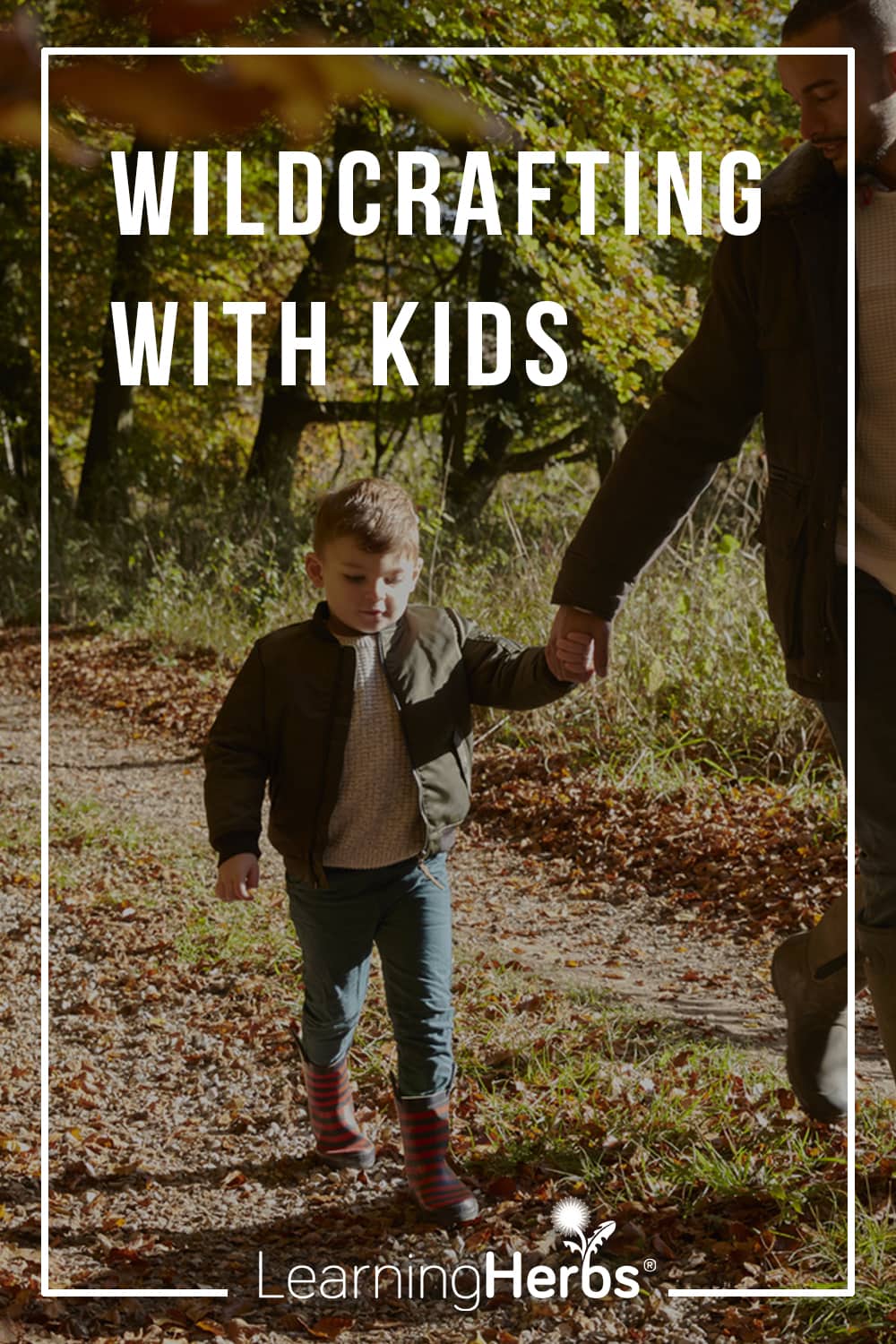
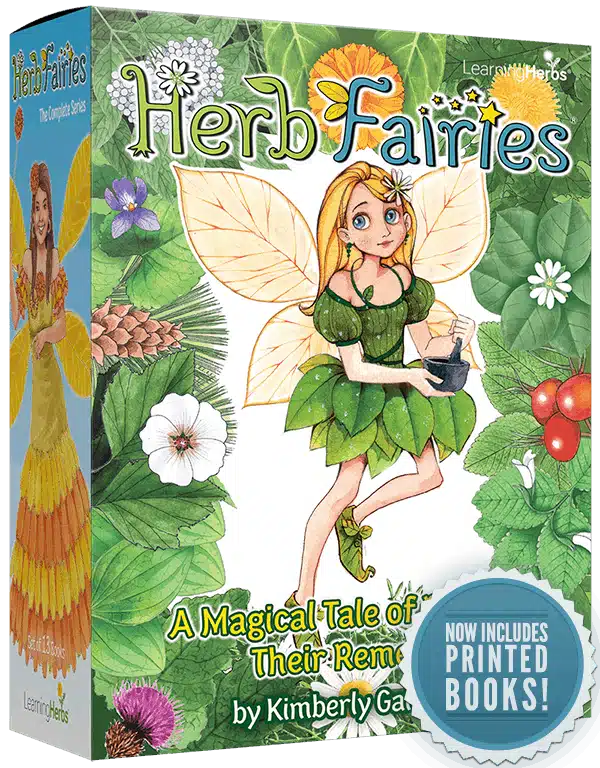





Hi all! Make sure you check out Herb Fairies Book One above. Thanks!
This is so much fun….with a bowl of tiny new raspberry leaves in hand…how do I preserve them for future use? Dehydrate? Steep?
Thank you!
Judy
Hi Judy, The simplest way to preserve them is to lay them in a basket spread out in a warm, dry area out of direct sunlight though if you have a dehydrator, that will work too. Once they are dry, you can store them in a jar for making tea. Raspberry shoots are also delicious in vinegar, sometimes I will chop them up, put them in a jar and fill with apple cider vinegar (I prefer Bragg brand) and let them steep for a few weeks. The vinegar can then be used as you would normally use vinegar such as for salad dressing or drizzled on beans.
Thank you so very much for sharing your wisdom! I absolutely LOVE the fantastic information you share! I just LOVE, LOVE, LOVE every morsel of it! Thank you also for the beautiful book! I printed and laminated it, put it into a sweet book bind. It’s so wonderful to share with the children I work with in a main stream elementary school. They’ve become so aware of they’re beautiful earth. They come to school and show me and tell me all about the little treasures they find outside they never knew existed! It warms my heart so much! ☺❤
Wow this is just sooooo fantastic, when i was a very young boy in Austria, my grandmother & i used to go bush for a few hrs & forrage for wild berries & herbs, she was very knowledgeable, now that im 71, my desire to share thos with my grandchildren & children , even though they live in New Zealnd, i live in Bunbury western australia, i want to get as much info to them as possible, im so glad i had fantastic natural herbal & wild foods when i was small, thats why im so healthy today, & am going back to it, & even where im living now, i would love to show n teach the younger ones to forrage n eat healthy, they deserve it, they need it , i love youre articles, thank you so much, if there is any information you can give me that would just be the BEES KNEES, thank you , regards pe tree r
Woohoo! I am excited to get my Herb Fairies subscription and happy to see my friend Kristine Brown on board with Learning Herbs. Looking forward to more wild-crafting with my kiddos on our farm. I think I know what my next purchase will be, Herbal Roots Zine. Are you going to run an awesome special on that next? :-) -Aubree Sanders